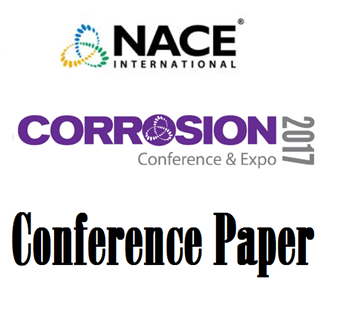Search
11123 Performance of Stressed CRAs in Contact with Elemental Sulfur in Highly Sour Brine
Also Purchased
Elemental Sulfur and Speciation in High Pressure High Temperatures Oil and Gas Well Environments: Their Role in Stress Corrosion Cracking of Corrosion Resistant Alloys
Product Number:
51317--9035-SG
ISBN:
9035 2017 CP
Publication Date:
2017
$20.00
97033 PERFORMANCE OF CRA IN CONCENTRATED BRINES AT 130° TO 180°C - EFFECT OF H2S ELEMENTAL SULFUR AND BRINE COMPOSITION
Product Number:
51300-97033-SG
ISBN:
97033 1997 CP
$20.00
11121 Effects of Depositing Characteristic and Temperature on Elemental Sulfur Corrosion
Product Number:
51300-11121-SG
ISBN:
2011 11121 CP
Publication Date:
2011
$20.00




